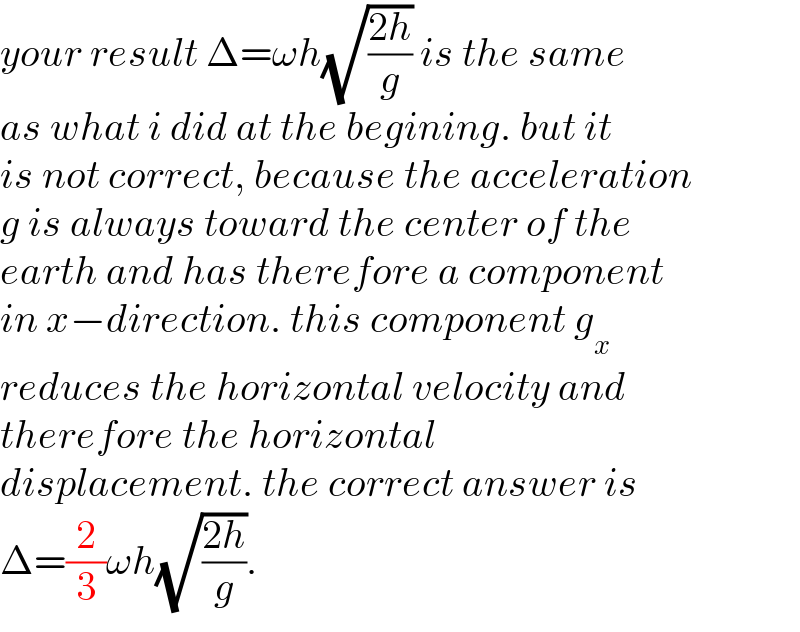
Question and Answers Forum
Question Number 127708 by ajfour last updated on 01/Jan/21

Commented by ajfour last updated on 01/Jan/21

Commented by mr W last updated on 01/Jan/21

Commented by mr W last updated on 01/Jan/21
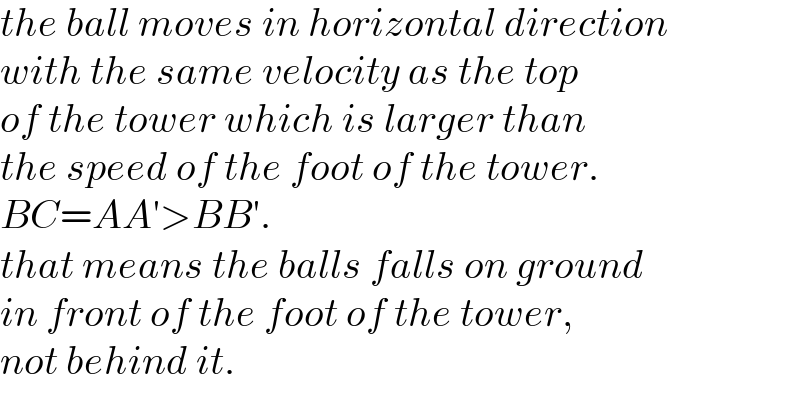
Commented by mr W last updated on 02/Jan/21
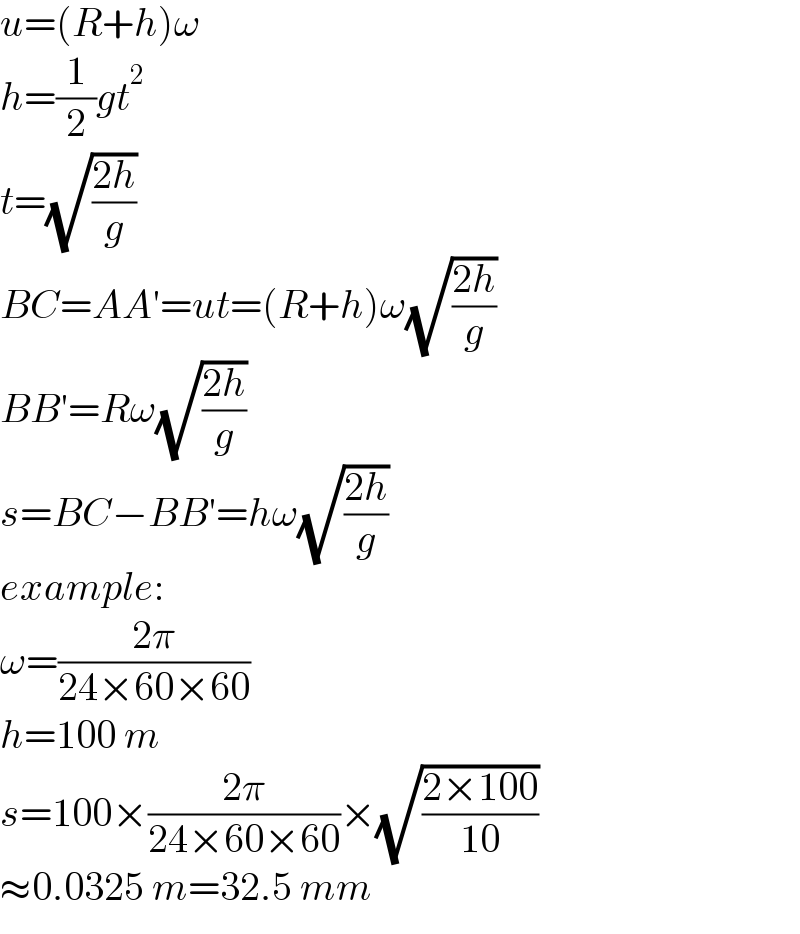
Commented by ajfour last updated on 01/Jan/21

Commented by mr W last updated on 01/Jan/21

Commented by mr W last updated on 01/Jan/21
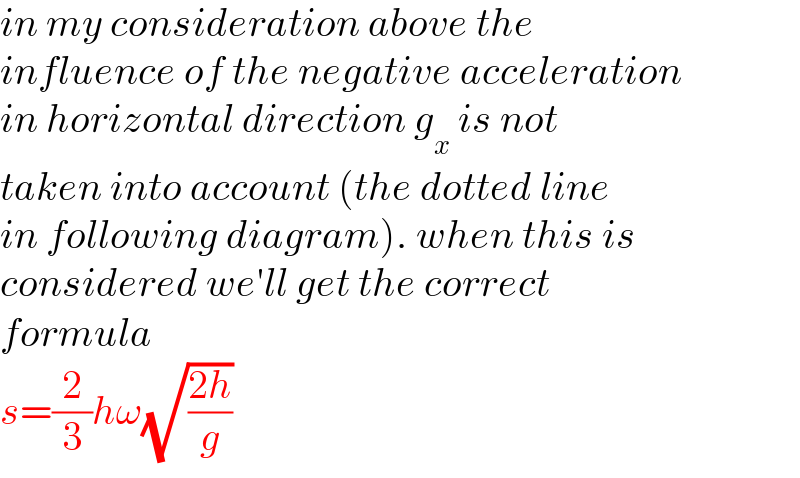
Commented by mr W last updated on 01/Jan/21

Commented by ajfour last updated on 01/Jan/21

Commented by ajfour last updated on 01/Jan/21
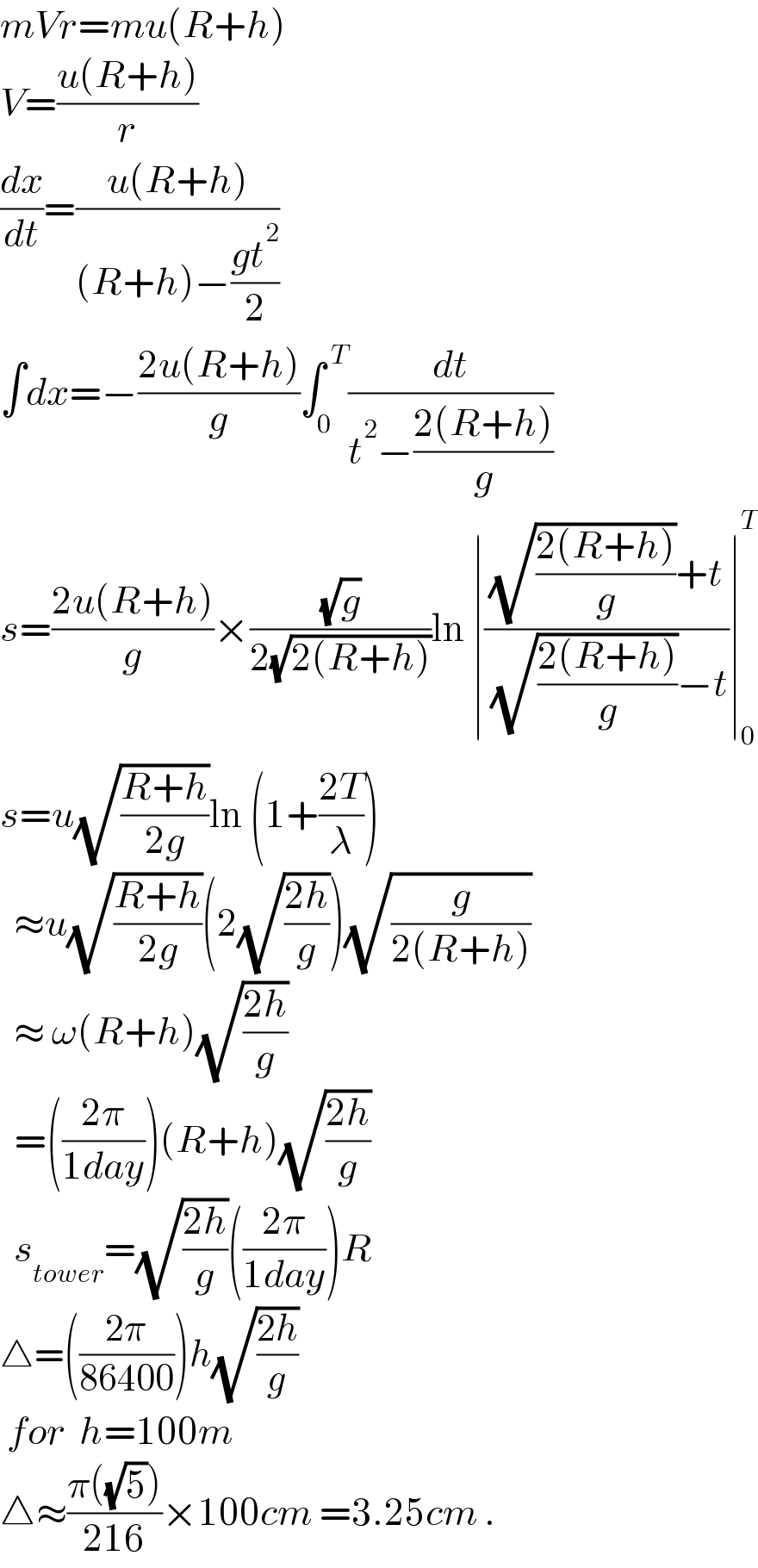
Commented by mr W last updated on 01/Jan/21
